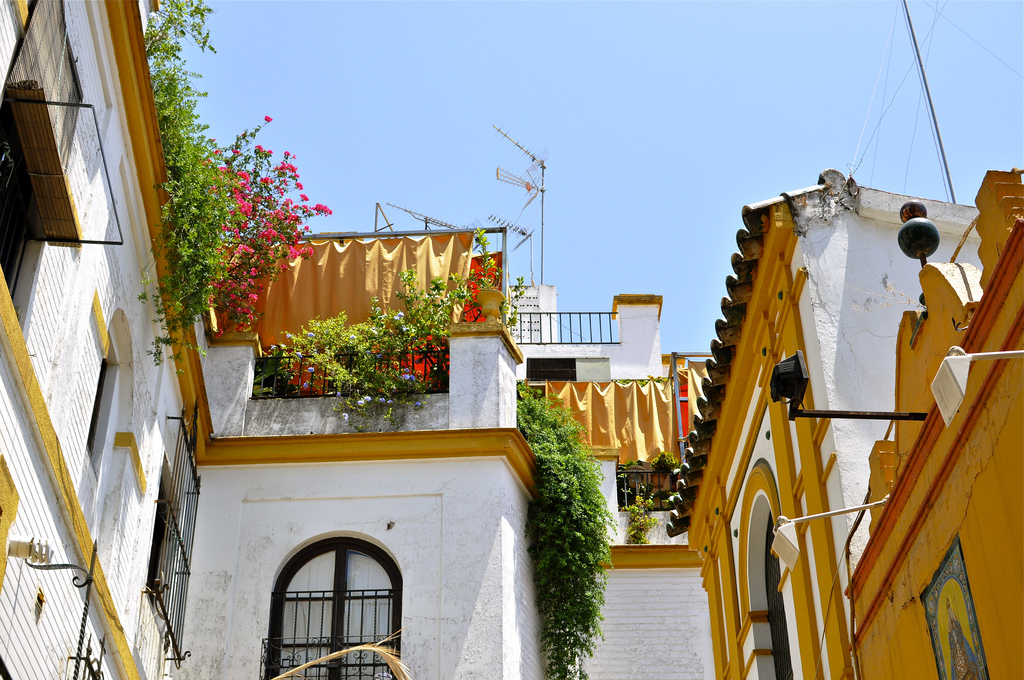As a radio/TV/film major, I took multiple courses on Spanish film while attending the Universidad de Sevilla. My first weeks of studying there also coincided with los Premios Goya, the Spanish equivalent of the Oscars. Because of this, I found myself spending a fair amount of time staring at a movie screen in a dark room, considering Spanish films. While that may seem like a less effective way of experiencing Spanish culture, I found it to be the perfect complement to physically exploring the country. I learned about Spain’s cultural and aesthetic histories through the medium of film, then experienced them in real life.
Spain has a tumultuous history due to Francisco Franco’s repressive dictatorship that began at the end of the Spanish Civil War in 1939 and ended with his death in 1975. Film was maturing as an expressive medium at this time, and Spain’s film history is acutely influenced by its political history. Many pieces of Spanish film reference Franco’s effect on Spanish culture in one way or another. It was an interesting experience to view so many films that took on this aspect of Spanish history that I had previously known little about. This was a different way of understanding history and interpreting film than I had experienced before. While watching films about American history, I am usually familiar with the stories presented, such as the institution of slavery in “12 Years a Slave.” Learning about such a significant part of another culture’s history through a modern medium was a significant experience.
Actually being in Spain while viewing these films notably enhanced my exposure to them. After watching “Carmen,” which tells the classic story of the femme fatale from Seville, I was able to walk down the street to see a statue of the infamous opera heroine. I could then continue to the tobacco factory where she had worked and where the movie’s opening scene had been filmed. The tobacco factory had actually been renovated into a university building where I attended classes; thus, I was walking the same halls as she had. After watching the scene where Carmen escapes her captors by running through the narrow and twisting roads of Seville, I was able to sympathize with the confusion of her captors, as I had spent enough time confused by the winding streets of the city center. After watching “La Voz Dormida” and “La Lengua de Las Mariposas” and seeing the cruelty that Franco had submitted the Spanish people to, I traveled to Salamanca, where Franco’s portrait in the city’s plaza is stained with garbage and graffiti, evidence of his unpopularity.
Had I not viewed some of these films, I may not have understood the significance of many of the monuments that I encountered on my travels. In the same way, being able to experience Spanish settings firsthand enabled me to interpret the films on a more personal level. In learning about the history and culture of Spain through my two interests of film and travel, I fell even more in love with the country that I thought I would.
Marcie Waters is a senior at the University of Wisconsin-Madison majoring in radio/TV/film.

